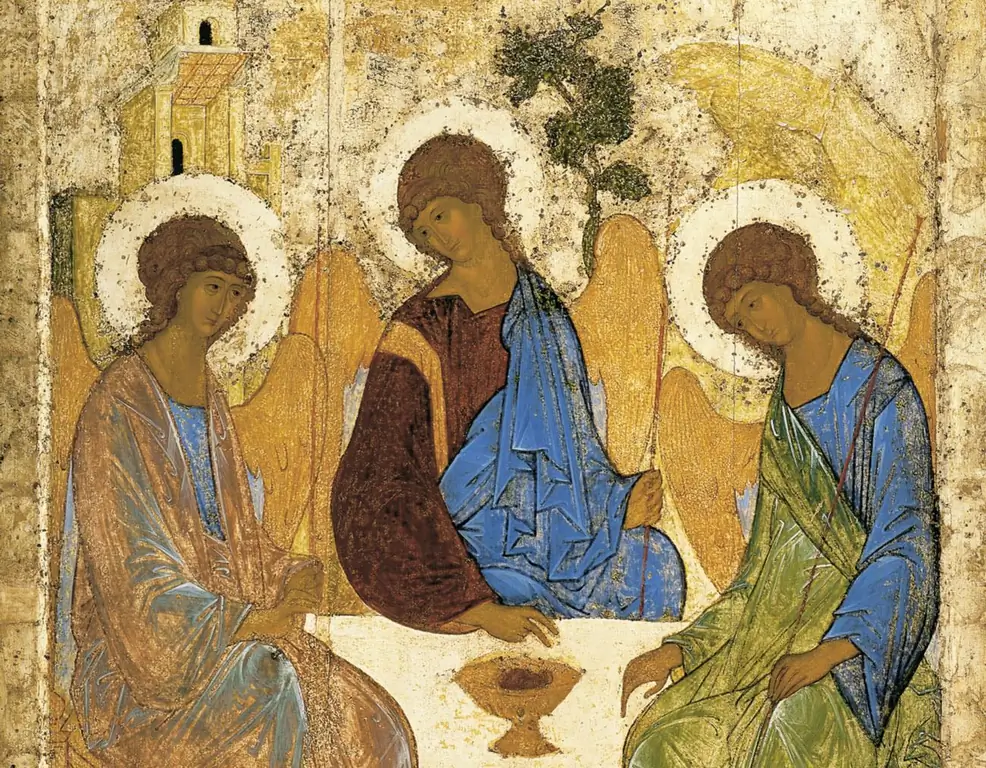- Author Antonio Harrison [email protected].
- Public 2023-12-16 07:44.
- Last modified 2025-01-22 21:44.
Since pagan times, Maslenitsa has been considered one of the most fun and beloved holidays among the people. Even the Orthodox Church could not do anything with this pagan celebration, it only managed to cancel the fixed date of its celebration.

Ancient traditions of Maslenitsa celebration
In the old days, Maslenitsa celebrated on the day of the vernal equinox (March 24-25), marking the onset of one of the phases of the national agricultural calendar. It also coincided with the most ancient pagan comedians - a holiday on the occasion of the awakening of a bear after hibernation.
Maslenitsa celebration lasted for a week, each day of which was given its own name. The Shrovetide "meeting" took place on Monday. On this day, they called her, having climbed the dais, and gave her various comic names. There is a folk legend that tells how the cheerful Maslenitsa first appeared in the village.
One day a man went to the forest for firewood and saw there a thin girl hiding behind the snowdrifts. He called her with him to the village - to amuse the people. The girl came after him, but on the way she turned into a puffy, ruddy woman with mischievous eyes. She became the embodiment of Shrovetide.
Maslenitsa week
Tuesday was called "flirting". On this day, funny Shrovetide games began everywhere. Snow towns were erected, symbolizing the refuge of an evil winter. Swings were installed everywhere for the girls. On Wednesday, they began to feast on plentiful Maslenitsa treats, and therefore it was called "gourmet". The widest revelry fell on Thursday. This day was called "Walk-Quarter". On Friday, the sons-in-law went to visit their mother-in-law, and that is why she was called “mother-in-law's evening”. Saturday - "sister-in-law's gatherings": daughters-in-law invited sister-in-law to visit. In addition, snow towns were destroyed on Saturday. Participants in the comic battle were divided into 2 teams: one besieged the town, the other defended it. The battle ended with the utter destruction of the town.
However, the main day of Shrovetide week was Sunday, which bore several names, including "farewell to Shrovetide" and "Forgiveness Day". People seemed to start a new life and tried to ask each other for forgiveness for all old grievances. The conversation ended with kisses and a low bow. The central event of the last day was the farewell to Maslenitsa. To do this, a stuffed animal was made from straw and rags in advance, dressed in old women's clothes, a pancake or a frying pan was given in the hands and solemnly carried through the whole village. Outside the village, the scarecrow was either burned at the stake, or drowned in an ice-hole, or tore apart and scattered straw over the fields.
Shrovetide in literature and art
Favorite folk holiday is reflected in the works of Russian literature and art. The scene of the celebration of Maslenitsa is at the beginning of Ostrovsky's spring fairy tale "The Snow Maiden", a colorful description of the holiday is contained in Shmelev's novel "The Lord's Summer". The musical image of Maslenitsa is presented in Tchaikovsky's Seasons, Rimsky-Korsakov's The Snow Maiden and Stravinsky's Petrushka ballet. Shrovetide games and skating can be seen in the paintings of Kustodiev and Surikov.






